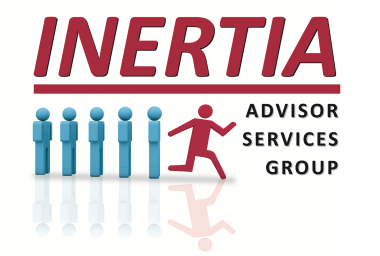Memorializing Client Decisions For Financial Planning Clarity
Accurate client records are necessary for maintaining clarity, compliance, and effective communication in today's fast-paced and digital world. Electronic or physical records allow an advisor to ensure that clients not only understand their decisions but document the implications of those decisions, and few decisions can have more multi-generational physical, emotional, or financial impact than a client's choices concerning future Long-Term Care (LTC) needs. Thus, documenting and memorializing that decision is moving beyond a mere recommendation, particularly when the client opts for a self-funding strategy rather than considering or implementing recommended insurance-based planning for LTC expenses.
LTC Planning can be complex, so clarity and transparency should be non-negotiable when decisions can have significant detrimental consequences. Clients must understand the features, benefits, and risks associated with their chosen strategy to address future LTC needs, regardless of whether they rely on personal assets or leveraging insurance solutions. This understanding forms the base of informed decision-making and empowers clients to take charge of their financial futures.
Mitigating Risks Through Documentation
One way advisors enhance clarity in LTC planning is by requiring clients to sign a document memorializing their decision to forego an insurance-based strategy in favor of self-funding. This document serves multiple purposes.
-
Clarity: It ensures that clients fully accept the implications of their decision because signing the document acknowledges that they have been informed about alternatives and understand and accept the potential risks associated with their chosen approach. That acknowledgment can be critical should their children or heirs question the wisdom of that self-funding strategy when clients exhaust savings (inheritance) to pay for necessary care.
-
Risk Mitigation: From the advisor's perspective, having a signed document can help mitigate potential liability from children or heirs seeking an expected inheritance. That documentation provides evidence that a client made an informed choice despite being presented with alternatives and reduces the risk of future disputes or misunderstandings.
-
Compliance: Depending on regulatory requirements, having clients memorialize a (poor) decision and sign such a document may be a necessity from a compliance perspective. It demonstrates that the advisor has maintained a fiduciary duty, an advisory responsibility, or fulfilled their obligation to communicate effectively with clients by documenting important decisions with financial, legal, and tax ramifications.
Best Practices for Implementing Documentation
Introducing this documentation into the advisory process may require sensitivity, and we offer some best practices to consider to maintain the highest level of professionalism. Clearly explain the document's purpose to clients and ensure they understand its significance, so consider framing its use as a standard procedure to enhance clarity and protect their interests. From that perspective, you may want to integrate client-facing tools such as "What Is Your Long-Term Care Planning Strategy" into your practice. This tool can facilitate discussions with clients about the intricacies of self-funding LTC and help them make better decisions about their LTC Planning strategy.
Documentation is vital to enhance client clarity and mitigate risks throughout the advisory community, and requiring clients to memorialize their LTC Planning decisions can provide peace of mind for advisors and clients alike. By fostering transparency and understanding and leveraging the best practices outlined, you can empower clients to make informed choices and help them confidently navigate the complexities of the LTC component in their comprehensive planning.
20240318

